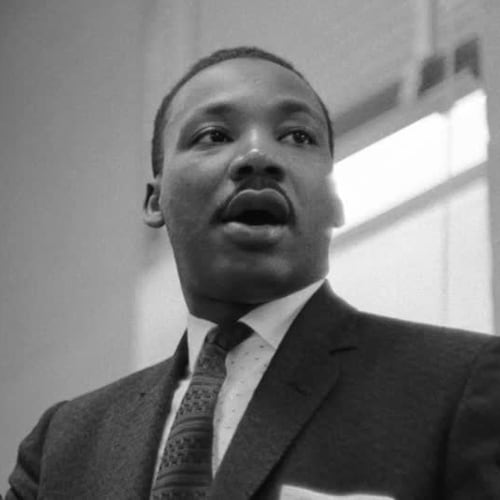Editor’s Note: This story is one in a series of Black History Month stories that explores the role of resistance to oppression in the Black community. A version of this article originally ran on Feb. 20, 2018.
It was nearly two centuries ago when writer Lydia Maria Child discussed what was a taboo topic in American life: the biracial children of slaves and slavemasters.
Hailed by some as a champion of excluded groups in American society, Child’s goal in a short story titled “The Quadroons” was to describe the horrors of how they were treated by whites. The mixed-race woman in the story was enslaved after others discovered her Black heritage. In the end, she commits suicide.
Other writers and filmmakers have told similar tales of woe, describing these characters as the “tragic mulatto” or “tragic mulatta.” The stories often deepened racial distrust between Blacks and whites and among African-Americans.
According to the Jim Crow Museum of Racist Memorabilia in Big Rapids, Mich., the tragic mulatto was typically characterized — often by whites in stereotypical terms — as seductive, sexually perverse, violent, suicidal and filled with self-hatred.
The most infamous depiction of the tragic mulatto was in the 1915 film “The Birth of a Nation,” in which a character “passes” for white, and leads Blacks in a rampage against whites.
“If light enough to ‘pass’ as white, she did, but passing led to deeper self-loathing,” reads an explanation on the website of Ferris State University, where the Jim Crow Museum is based. “She pitied or despised Blacks and the ‘Blackness’ in herself; she hated or feared whites yet desperately sought their approval. In a race-based society, the tragic mulatto found peace only in death.”
Today, the term “mulatto” is considered extremely offensive. And “tragic” is far from the self-description of those who identify as biracial. About 2% of Americans identified themselves as multiracial in the 2010 U.S. census.
Black filmmakers such as Oscar Micheaux worked to counter the negative portrayals of biracial people in movies such as the 1920 silent film, “Within Our Gates,” in which the main character is encouraged to embrace her Black heritage. Oscar Micheaux worked to counter the negative portrayals of biracial people in movies such as the 1920 silent film, “Within Our Gates,” in which the main character is encouraged to embrace her Black heritage.
Credit: Wikimedia Commons
Credit: Wikimedia Commons
In the mid-20th century, with few roles available for Blacks in film, light-skinned actresses such as Dorothy Dandridge became stars for playing “tragic mulattas” who use their beauty to seek acceptance and love from whites, only to fail in the effort.
Such roles dwindled during the civil rights era. But more-recent cinematic roles have sparked discussions about whether they are variations of the “tragic mulatto” legacy.
Credit: AP
Credit: AP
One example, some say, is the character Halle Berry portrayed in “Monster’s Ball,” the 2001 film that made Berry the first Black woman to win an Oscar for best actress in a leading role. Another example is the malevolent Sgt. Waters character in the 1984 film “A Soldier’s Story,” a murder mystery steeped in white vs. Black — and Black vs. Black — racism.
About the Author
The Latest
Featured






